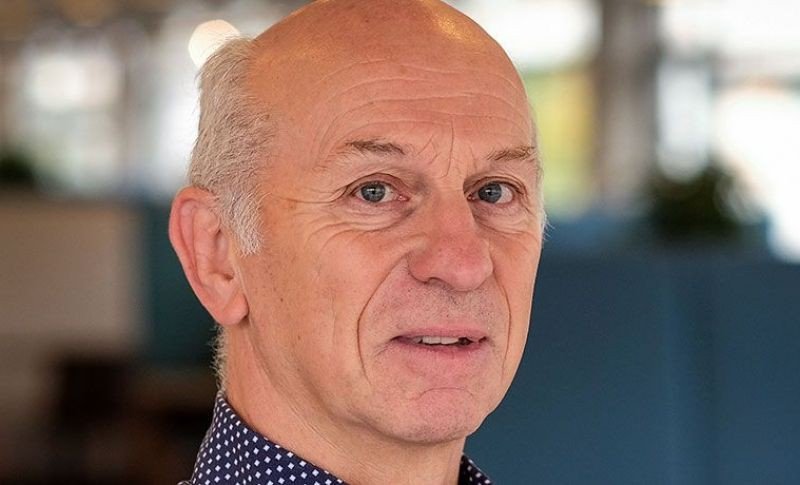Frits Prinzen
Professor
Frits Prinzen is emeritus professor of Physiology. He studied Medical Biology in Utrecht and defended his PhD in Maastricht in 1982. His research focusses on the relation between the electrical activation and mechanical contraction and pump function of the heart, with specific application to pacemaker therapies in heart failure. His work is highly translational, ranging from preclinical to clinical research and more recently also using computer simulations. Results from his work provided new insights in and opportunities for pacemaker therapies. He has participated in the CTMM-COHFAR consortium and has been and is workpackage leader in several EU-funded projects, including an International Training Network (Personalised in silico Cardiology). Several of his team members achieved personal grants (ZonMw Veni, Vidi, Clinical Fellow; Netherlands Heart Foundation junior and senior postdoc; young staff member). Besides, he ran multiple investigator-initiated studies that were funded by industry. He has been chairman of the Cardiovascular System Dynamics Society and of the Innovation Committee of the European Heart Rhythm Association (EHRA). Currently he is member of the Scientific Initiatives Committee of EHRA. He is (co-)author on 330 scientific articles, with >10,000 citations and H-index of 56.
His main research topic is regional cardiac mechanics and long-term structural and functional adaptations to various conditions, with emphasis on asynchronous electrical activation and cardiac resynchronisation. Primarily animal experimental work, but with important links to Biomedical Engineering (computer models of cardiac electrophysiology and mechanics) and Cardiology (patients with pacemakers, bundle branch block, heart failure). With this background Prof. Frits Prinzen is a world expert on pacing therapies, both for bradycardia and for heart failure (cardiac resynchronisation therapy, CRT).




